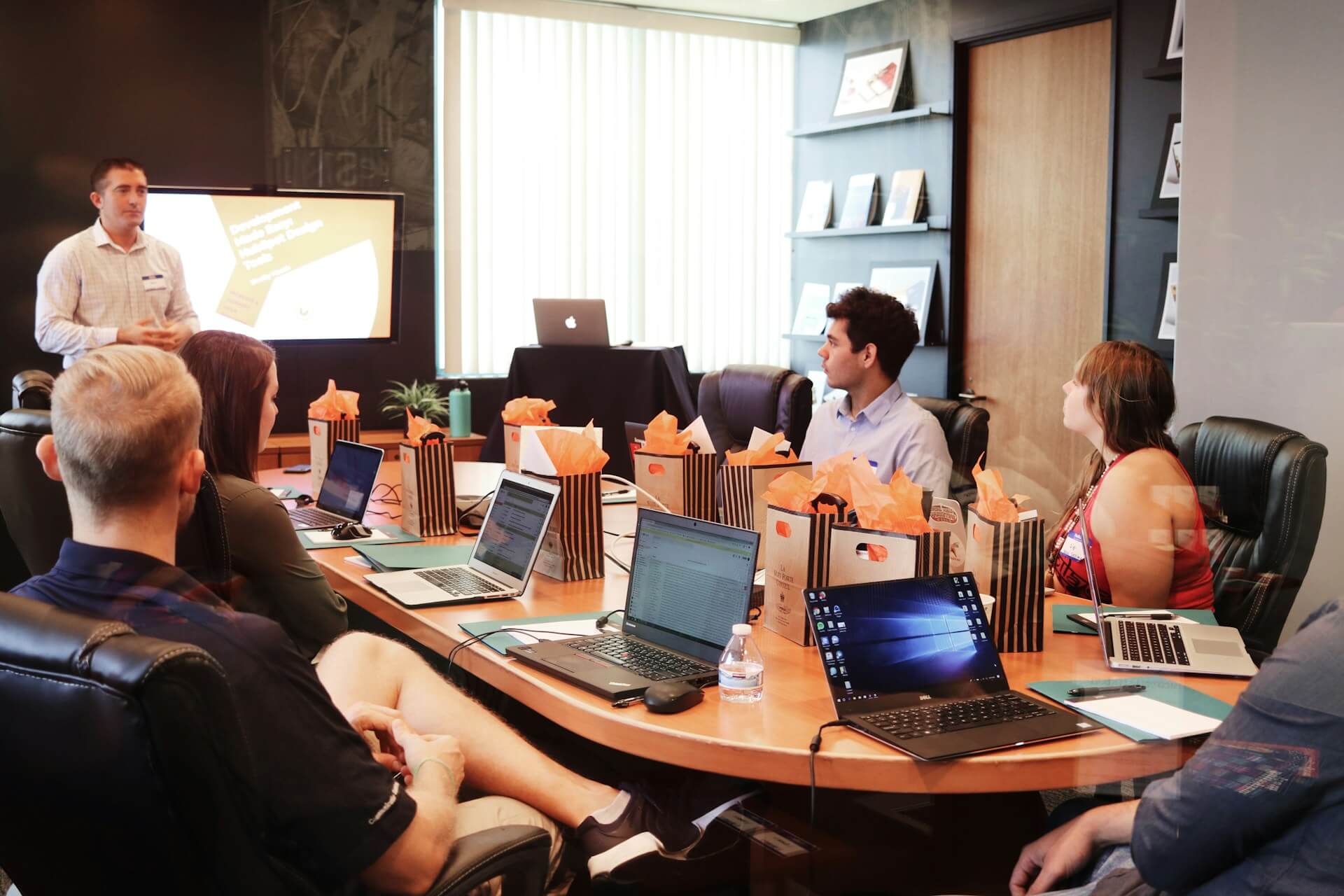Project creation can be stressful, especially when creating something completely new. When creating a project that is software-based, there is a specific process that is created to aid the production of said project. This is called the Software Development Lifecycle. By formal definition, the Software Development Life Cycle is a detailed plan describing how to develop, maintain and replace a specific software. Colloquially, it is a 6-step process that a dedicated software development project should go through to reach completion in a reliable way. Whether you're working independently or partnering with an IT company, following the SDLC ensures structure and consistency in software development. Many companies choose to outsource parts of this cycle to experts who offer specialized software development services that align with their technical goals.
The SDLC phases are:
- Planning- The initial discussion of the scope and the stakeholders
- This phase holds definitions and constraints of the project
- This phase also holds the loose idea of the project’s purpose and usage
- This step includes industry and company analysis that sets the needed background on why and how this product will created and used
- Analysis- The phase in which developers and managers assess the requirements and put together a detailed plan of “attack”
- Detail oriented phase
- Focuses on figuring out the technical details
- These are figured out by the phrase: “Because I want it to do [this], it needs to include [this]”
- A Software Requirement Specification document is created, which outlines all the aspects that the software should have, and then is used to design the rest of the project
- Design- Based on this plan, a design (architecture and appearances) is generated and detailed
- Where the design of the program is created, and the appearance is decided upon
- Architecture is decided- cloud based, hosting, and security
- Implementation and Creation- The actual building of the software and execution of the plan
- Needs to be compliant with the Coding Standards Doc. Not sure how to create one of these documents? Check out our blog post about it here: (link)
- Testing- Running the software to inspect if it meets all the requirements detailed in the first two steps
- Should make sure the program runs without trouble, meets the requirements, and is tested by those that worked on the project, and other stakeholders
- Different Types of Testing methods
- Deployment and Maintenance- The program gets used and the needed updates are tracked and implemented
- A Maintainer’s guide is needed that explains the process decided upon by the developers
- This is to ensure that there is the ability that someone new can upkeep the program just in case all the original developers leave
- Things will need to be changed and updated, so pre-planning for this is key for project longevity
Applying this lifecycle can ensure an organized and well-developed project plan, but based on individual application of the lifecycle, there are several variants that can be used! Whatever the company, project, or custom software development agency, there is a software development lifecycle to help!



Comments (2)